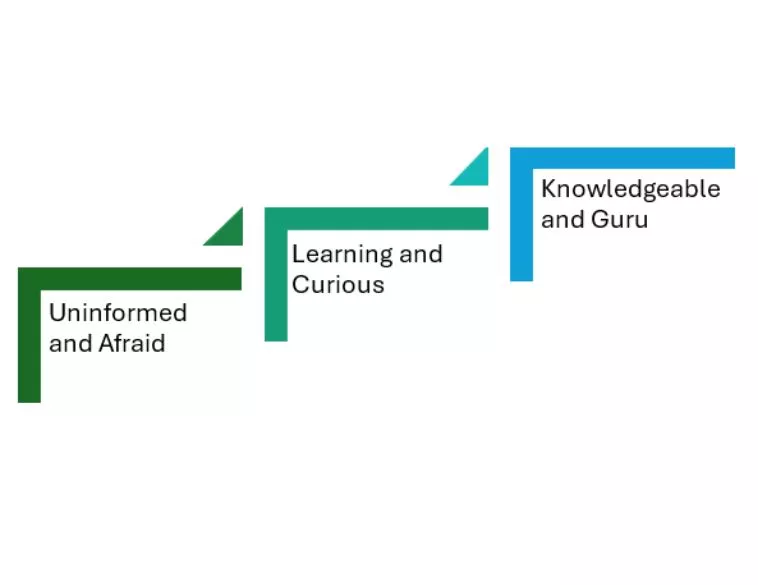Time To Break The Ice

AI can help fleet managers with their safety, maintenance and sustainability goals.
Where are you in your understanding of Artificial Intelligence (AI) and its application to fleet operation?
The potential is astronomical, and the hurdles are relatively low when it comes to introducing AI in your daily fleet operations. The following are a few ideas to break the ice and start using AI to enhance your safety, maintenance and sustainability.
Safety and risk management
This is a good place to start, as we owe it to our drivers and employees to use all means to improve road safety. At the same time, we have regulatory obligations that must be observed. AI can assist with both areas:
- One in five crashes are linked to distracted driving. AI increases road safety by changing human behaviour through hazard identification, real-time feedback to drivers, and targeted intervention. In fact, users of the Motive AI fleet safety platform experienced a decrease of 80% in crashes within one year of deployment of their dash cam system. The use of the Geotab GO Focus Plus AI dash cam in trials has had similar results. Cell phone use while driving decreased 95%.
- The fleet regulatory environment is complex and can vary across regions. AI automates compliance checks, documentation, and reporting in the areas of driver licensing, hours of service or environmental compliance. This can reduce the risk of fines, and save hours of manual effort for fleet managers.
Maintenance
What if you could know when your vehicles are going to fail, and could schedule a convenient time to fix the vehicles and avoid unscheduled downtime? AI can be used to analyze vehicle condition, identify breakdown patterns and schedule the vehicle for predictive maintenance at an opportune time. Kitchener, Ontario has engaged TextGenetic to pilot an AI-powered platform to improve municipal fleet operations. The system offers predictive maintenance, real-time analytics and environmental tracking to help reduce costs and minimize vehicle downtime.
Fuel and sustainability
A fleet is more sustainable if it decreases the amount of negative fleet emissions, either through a reduction in fuel use, or a move to greener alternatives. AI can assist with reducing Vehicle Miles Travelled (VMT), as well as with the identification of vehicles suitable for electrification.
- Route optimization is enabled by the real-time evaluation of traffic, weather and road conditions, and can reduce the amount of fuel used. UPS has used the ORION (On-Road Integrated Optimization and Navigation) platform to save over 10 million gallons of fuel, and reduce emissions by 100,000 metric tons annually, resulting in over $300 million in annual savings.
- Many fleets are introducing alternative fuels, including electric vehicles. AI can assist in identifying vehicles that are good candidates for transition to an electric vehicle (EV), based on their use profile. They can also monitor the battery life in existing units, and develop charging schedules to maximize efficiency in a fleet. Another way that AI can assist in sustainability is by helping energy companies serve customers who own EVs. Hydro One implemented AI-powered analytics to scan meter data to identify their EV customers. AI identified ten times more customers than manual survey methods uncovered.
Even without advanced platforms and investing in expensive add-ons, fleet managers can use AI to improve the identification and resolution of fleet problems, and discover ways to optimize performance.




